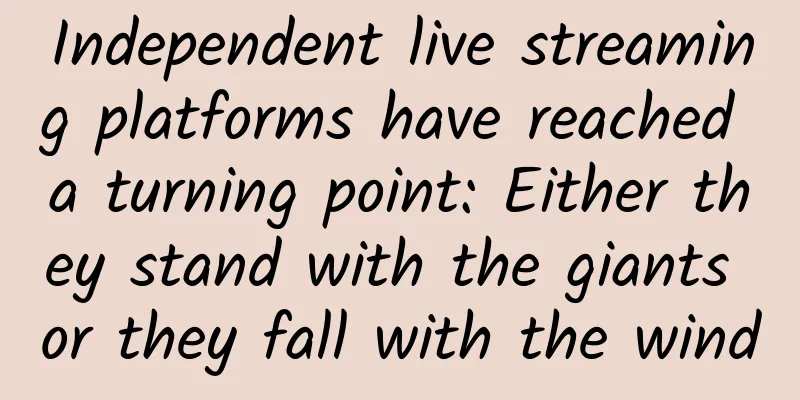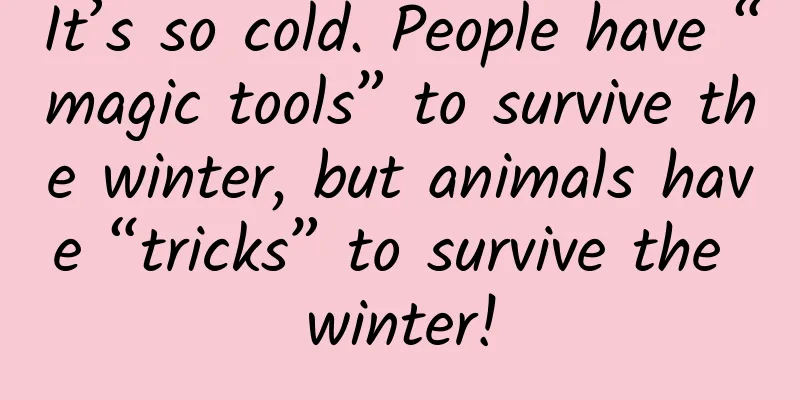Webb telescope: The mind-boggling details of its $10 billion construction

|
Seeing the first batch of color photos released by the Webb telescope reminded me that the 2022 Pulitzer Prize for Explanatory Reporting was awarded to Natalie Wolchover of Quata magazine for writing about the Webb telescope. That scientific report is worth reading—— "To look back to the birth of the universe and see the light of the first stars, you must first grind a mirror as big as a house. Its surface must be so smooth that if the mirror were magnified to the size of an entire continent, there would be no peaks or valleys higher than ankle height. Only a mirror this large and flat can collect and focus the faint light from the most distant galaxies in the sky... Image source: nasa.gov “Even with such a special mirror, it’s still not enough. "No one has ever seen galaxies as they formed, because that ancient starlight has been stretched tremendously by billions of years of traveling through the expanding Universe. The ultraviolet and visible light from the most distant stars has been stretched by a factor of about 20 by the time it arrives here, to infrared. But infrared is also light emitted by atoms vibrating—what we call 'heat.' The same infrared radiation radiates from our bodies, our atmosphere, and the ground beneath our feet. These local heat sources completely drown out the faint glow of the ancient stars. So to see those ancient stars, the telescope's big mirror has to be very cold. It has to be shot out into space. "There was a problem. No rocket could carry a mirror as big as a house. So the mirror had to be folded up. "In order to be folded, the mirror must first be segmented into a honeycomb array of multiple lenses. Image source: nasa.gov "In order to focus together and produce a clear image, the mirrors must be aligned to near perfection after they are unfolded in space, which requires extremely high-precision motors. These motors can gently push the mirrors, and the moving distance can be as precise as half the width of the virus to ensure that all the mirrors are installed in place." "Ball Aerospace provides actuators that move the mirror with a precision of 10 nanometers, which is only one ten-thousandth the width of a human hair. These motors work on the principle of 'bending,' which means 'converting large motion into small motion.'" "The entire Webb telescope weighs only about 2% of the weight of a large ground-based telescope." "The mirrors are made of beryllium, a material that is light, strong, and rigid. It comes in powder form, is toxic, and a pain in the ass, but it's the only thing that works. The powder is pressed into blocks in Ohio and then cut in Alabama. The mirrors are then coated with gold, which reflects infrared light extremely well. Finally, the mirrors are polished in a factory in California that was built specifically for the project." A lens coated with gold. Image credit: nasa.gov But this is still not enough. "Even if beamed into deep space, the Earth, Moon and Sun would still radiate too much heat to a telescope to detect the faint twinkles of the most distant structures in the Universe. "Unless, the telescope is pointed at a specific point - the second Lagrange point. At that point, the moon, the earth and the sun are all in the same direction. If a huge sunshield the size of a tennis court is erected, the telescope can block these three celestial bodies at the same time. In this way, the telescope can finally enter an extremely deep cold state (-223℃) and detect the faint heat of the dawn of the universe. Five Lagrange points. To ensure observation, the telescope needs to be at the second Lagrange point (L2), facing away from the Sun-Earth system. Image source: nasa.gov The sunshield is both the infrared telescope's only hope and its Achilles' heel. "To be large enough when deployed and not too heavy to exceed the rocket's load capacity, the sunshield can only be made of thin fabric. Engineers know that thin fabric is "uncertain" and its movement cannot be fully controlled or predicted. If the sunshield is snagged when deployed, the entire telescope will become a piece of space junk." "For the sunshade, the team chose Kapton, a smooth, silver plastic that looks a lot like the inside of a potato chip bag and is only about the diameter of a human hair. Kapton has a high risk of tearing, so many layers are needed for redundancy—the team decided to install five. A system of booms, cables, and strings will fully deploy, separate, and tie down all five layers." Chief engineer Michael Menzel described how difficult this was. "If it's a rigid object, like a door, you put a hinge on it and you can predict how it's going to move. Easy peasy. But now you're given a soft blanket. Push a blanket across the bed and try to predict what shape it's going to take? It's terrifying. The same thing happens with the ropes - each rope holding the sunshade taut can move in a million different ways. And what's worse is that in zero gravity, these things can go places you don't want them to go." The sunshade folds into five layers. Image credit: webbtelescope.org "Around 2004, two NASA engineers came to Menzel's office and said they had an idea. One of them took a piece of paper from Menzel's desk and folded it into a Z-shape. The sunshield could be folded into many such Z-shapes, or 'accordion folds.' Menzel thought it would work. “The next problem was how to keep the sunshade in its accordion-folded position until ready to deploy. Andy, another engineer, found the solution: 107 retaining pins that retract like a cat’s claws. "The pins present another thorny problem: The pins create pinholes. If the pinholes in all five layers of Kapton happen to line up after unrolling, they will let sunlight through and heat up the telescope's optics. Menzel said: "It's a little detail that you don't think of until you start doing it. Oh my god, five pinholes can be arranged in a row. It doesn't sound like a big deal, but it made Andy drink to drown his sorrows. Thank God, he figured it out later. "Andy worked diligently for a long time and finally found a solution that made the pinholes on the five layers of Kapton sunshade of different sizes not line up in a straight line no matter how they were unfolded." … One little problem after another kept popping up, and the result was that the Webb telescope was 14 years behind schedule and 20 times over budget. Before the launch, everyone involved in the work was still nervous. Because the Webb telescope is a one-time deal. At that time, the Hubble telescope was in low-Earth orbit, only 559 kilometers away from us. The telescope became "nearsighted", so the astronauts simply picked up a wrench and flew into space to repair it. But the Webb telescope is 1.5 million kilometers away from us. If anything goes wrong, scientists and engineers can only cry and hold their heads in their hands. “We’ve done everything we could to find all the bugs, to do all the tests and exercises, and at this point we’re putting a multibillion-dollar telescope on top of a bunch of explosives,” said John Mather, a Nobel Prize-winning astrophysicist and lead scientist on the project. After the successful launch, the telescope will take another month to reach the second Lagrange point. During this journey, it will take hundreds of steps to unfold its mirror and sunshade little by little until the huge gold-plated mirror "flower" is placed on an even larger sunshade "silver leaf". After a rough road, you will eventually reach the stars. Image source: webbtelescope.org At this moment, the Webb telescope is quietly floating in the dark and cold space, with the sun, the moon, and the faint blue dots of all human life behind it. The information it will bring back in the future will advance or even subvert human understanding of the universe. The above is just a small part of the story behind that color photo. Webb's first "Universe Deep Field" photo is the clearest and oldest image of the universe ever taken by humans in the infrared band. Image source: webbtelescope.org Source: You Shiyou's Private Land This article has been authorized. Please contact the original author for reprinting. The cover image and the images in this article are from NASA and webbtelescope official website. The image content is not authorized for reproduction |
<<: How did cholera harm you? Which is more serious, cholera or COVID-19?
>>: Leading the world! China will build the world's longest observation radar!
Recommend
Millions of birds die every year from hitting glass. It's easy to save their lives.
These are some of the birds that died from bird s...
Tesla, Dyson and others have all lost to ventilators abroad, and the price of ventilators in the domestic market has skyrocketed
According to foreign media reports, last month Te...
Contact list for offline channels for app promotion
D.Phone : : : : : : : : : : : : : : :...
If you continue playing with your phone like this, you might actually go blind!
Every night before going to bed, I turn off the l...
Why is it that only LeTV Super TV won the IFA Gold Award?
On September 2, Berlin, Germany, IFA, Europe'...
MONA M03, Xpeng Motors’ savior or troublemaker?
Suddenly, like a spring breeze, many brands becam...
Aiti Tribe Stories (30): My Love-Hate Relationship with Python
[51CTO.com original article] Taniey's relatio...
The heart of a luxury car but the destiny of a grocery shopping car, the NIO ES8 has a tested range of 178 kilometers. Where does its future lie?
Recently, according to actual measurements by a N...
90% of APP operation veterans think that these methods are effective. How many of them do you know?
An experienced APP operator must go through a pro...
Overview of advertising in the second category of e-commerce industry in 2020
In 2020, due to the impact of the epidemic, a lar...
Introduction to Taobao promotion skills
Many people say that it is difficult for Taobao n...
Android 13 new features exposed: Play directly when close to media devices
Not long after the official version of Android 12...
Taking APP as an example, let’s share a data idea of advertising placement
The three core indicators of product operation ar...
The number of fans increased by more than 100,000 in 4 days. I want to talk about the research on user fission growth
After working in growth for more than a year, I s...
Can 5G extend the life of HTC’s desperate VR business?
5G is like a "tonic pill" that has sudd...









